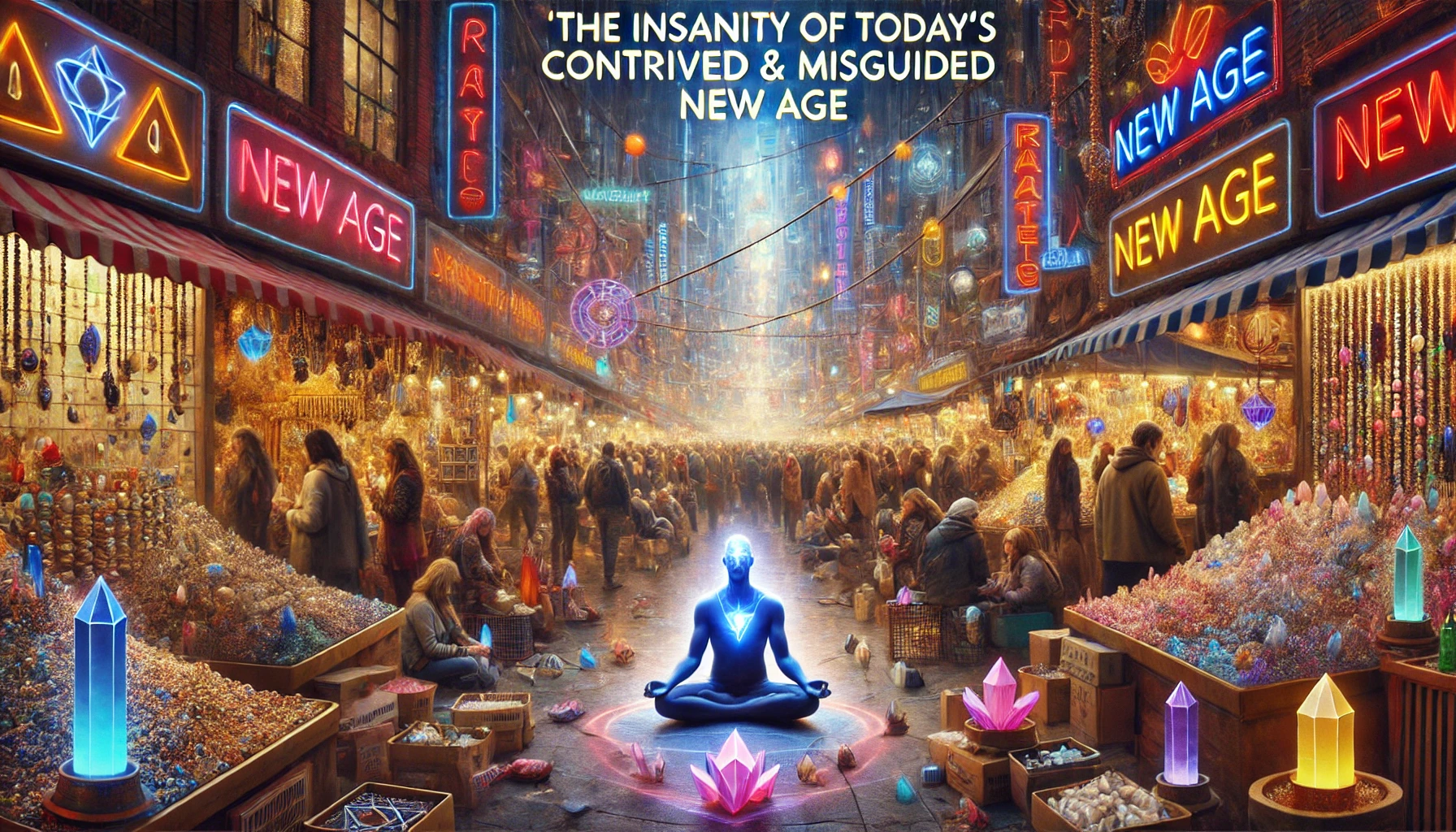
How to Create Boundaries With Challenging Family Members
(Or exit your birth family altogether)
Creating boundaries with challenging family members can be very difficult, but it’s essential for maintaining healthy relationships, preserving your wellbeing and creating a life path that is aligned with your authentic Self.
When we learn to create appropriate boundaries with our family members, we can recalibrate old dynamics, uplift our other more aligned relationships, and heal oppressive patterns carried from prior lifetimes.
While this is an important process that can help you empower yourself and heal old wounds, creating boundaries with family members can create a great deal of unnecessary guilt, shame, and regret – so you must tread this pursuit carefully and with great attention to your thoughts, feelings, and attitudes along the way.
Even more challenging is saying goodbye to family members who have proven their lack of respect and love for us. It’s with these relationships that we must begin to seek the deepest healing and the deepest forgiveness before we cut cords with them.
Why it’s so difficult to create boundaries with family
Low Self-worth and Self-esteem, as well as a fear of conflict or rejection can make it difficult to express ourselves and to assert our needs in general. With family, it is even more difficult – often due to the following:
- Our conditioning around our cultures, families, society
- Our traumas and triggers
- Our projections and attitudes
- Our inability to release the past and forgive ourselves and others
- Our unwillingness to perform proper Self-inquiry toward our illumination
After all, family is merely a contrivance – a karmic engine that is neither required nor necessary for your healing, happiness, personal development, or liberation. In fact, your family might be what’s preventing you from fully healing in this lifetime.
While setting boundaries (and saying goodbye) can be uncomfortable, it is quite often essential to our growth and peacefulness. Boundaries are also helpful to everyone involved, including the family members that we confront, breaking all members of the unit out of ancestral conditioning, codependence, oppression, and dependencies on outdated and harmful temporary Self-identities.
Throughout this life and prior lives, we each develop personas around our roles in families. When we recalibrate the old identities and patterns, we help everyone grow beyond the limits of their outdated limited projections, beliefs, attitudes, and identities.
Discover your boundaries
Begin your journey to better boundaries by assessing your own feelings, emotions, projections, beliefs, attitudes, needs, values, and limits. Imagine your most healed Self and commit to protecting her for all time. Determine and conjure the boundaries necessary for your emotional, mental, physical, and spiritual health. After all, Self-realization can be quite difficult if you’re continually projecting and arguing with old versions of your Self.
Setting healthy boundaries begins with Self-inquiry – truly knowing your Self.
This includes:
- Sensing into and releasing trapped emotions
- Understanding your attributes and releasing those that are unworthy of a fully healed Self
- Focused attention on your will to forgive
- A resolute mind that seeks liberation
- Prayer and meditation
- Journal writing
Oftentimes, we drag ourselves into other people’s dramas and agendas because we enjoy this type of addiction and we simply refuse to focus on our own lives.
Learn to stay present with your Self and focus on creating your life in a way that feels nourishing and satisfying to you. No one is coming to save you, so dig deep and decide who you want to be and what your life will one day include.
Allow and release your emotions
Seeking to improve your dynamics with family members can bring up difficult emotions stemming from old traumas.
As children, we were dependent on our family for everything. If we grew up in toxic environments, we created a variety of coping patterns to help us accept and deal with the reality around us.
Some of these mechanisms might have been conflict avoidance, passive aggressive communication, obsessions with our projections, desires around being liked and needing other people’s approval, needing to appear to be someone you are not, and a variety of other ways that involve pleasing those around you. When we seek to release these coping mechanisms in favor of honest Self-expression, it can trigger deep fears and open old wounds.
Take the time to work with your emotions, Learn how to allow and release these emotions. You might want to explore my Connect & Let Go Process and The Sedona Method. Journal or do other practices. A therapist, intuitive coach, or healer might be helpful.
Learn about healthy boundaries
Your family was your world when you were a child. Even as adults we can continue to be deeply involved with our families, not yet having created our own lives. And all of this projection around family might merely and solely be happening within our own minds.
We need to venture beyond our minds’ obsessions and our family’s dogma to evolve. Learning about healthy relating, boundaries, and goodbyes can help you understand your Self and your family.
Forgive
Forgiving family members can be difficult, but it is helpful and necessary to our healing and evolution. Doing deep inner work, we might also find the resolve within to release old dynamics and evolve. If we so choose, we can clear the slate and start anew.
Forgiveness is challenging inner work that pushes us to see everything more clearly, including ourselves, and to take ownership for our lives. To be truly Self-reliant means that we take responsibility for everything in our lives. Once we do this, we can more easily forgive.
While you don’t need to forgive to set boundaries, choosing to do this deeper work can help you find more peace, resolve, healing, and illumination.
As an adult, you are responsible for your actions and wellbeing. No one can go back in time and undo what was done. And while some families are abusive and neglectful, other families are simply imperfect due to being…you know, human.
Sometimes there is simply no blame to be laid at anyone’s feet, just a complex human experience that results in pain. Allow your Self to grieve and rage in healthy ways as you need, and commit to letting go of the past.
In all things, lay your burdens at the feet of The Divine, and seek Her friendship. She is the only one who can walk with you for all time.
Have compassion and patience
Don’t be embarrassed if you find it difficult to express your boundaries – have compassion and patience for your Self. You don’t need to go anywhere guns blazing and be the strongest possible version of your Self. Just blurt them out, text them, send a letter – do whatever you need to communicate your boundaries to your satisfaction.
You can also take your time and make incremental changes. At times, you might be harsher than you wish you were – other times softer than you wish you were. It is perfectly normal to have a process – and none of it has to be perfect.
Start with love and escalate as needed
Setting boundaries does not mean that we need to be aggressive. Others don’t even necessarily need to know you are setting a boundary – it is enough that they experience it and the dynamic shifts in favor of your peacefulness and wellbeing.
It is okay to express a boundary lovingly and peacefully. If you are met with aggression, manipulation or abuse, you can respond adequately. As you express new boundaries, it is bound that some loved ones will be confused or worried by this change. They might need time to adjust, accept and integrate. After all, you are addressing habits that have been engrained for a long time.
It is possible some family members will prove unloving and intolerant, unable to move beyond their perspective and seek to understand you. While this is painful and difficult to confront, it is also essential to be aware of the quality of our relationships.
Sometimes, no matter what we say or do, our family members will turn our requirements and declarations into dramatic events to appease their projections of what they believe family should be. They might love using you as their foil or antagonist so they can feel better about themselves and their desires and beliefs. We never know what dark and embedded projections, patterns, attitudes, and beliefs are brewing within the members of our families. After all, a family is nothing but a group of strangers fighting over limited resources.
You might find it helpful to write down your boundaries, and make a plan for what to say and when. You might need a strategy for certain dynamics.
You might also write about who you feel each person is within your family. Explore their attributes and seek to understand them. It’s in this way we can learn to better understand ourselves.
If you work with a loving, intuitive coach or therapist, they can help you articulate your boundaries in ways that are healthy and correct for you.
Allow others their process
While we change the dynamics in our relationships through our own action and will, it can take others some time to adjust to new realities. Quite possibly, they never experienced healthy boundaries and might take your needs, disagreement, or exit as outright rejection. It is important to allow for their process to unfold as well. You need not be involved in what they project, need, feel, or do. That’s their business. Focus on your Self.
Those who love you and truly want you in their lives will choose to make adjustments even if it is difficult and it takes them some time.
Most families will not make much of an adjustment, so prepare your Self for a deep, inner journey. If something positive emerges, consider it a gift from The Divine.
Be consistent
Consistency is key to enforcing boundaries. Don’t waiver on your boundaries unless you genuinely feel the need to adjust them for a valid reason. It is up to you to show others that your boundaries are important to you.
Sometimes as we set boundaries with our family for the first time, we might need these to be more stringent. We might need time away to heal old wounds or might find it difficult to deal with specific aspects for a certain period. It is okay to do any of these things. We are not required to show up in a specific way.
Meditate often and be focused
Be clear and focused on your intentions and plan. This will help you set boundaries. Meditate often because this will help you be more present to how you truly feel. Instead of reacting, you can respond firmly and clearly – because you are aware of your Self. Meditation gives us this gift.
Our conditioned patterns tend to take over when we engage family. After all, we have been engaged in these dynamics for a long time, and most likely amid many prior lives. If you want to truly and deeply honor yourself, you need to be focused, present, and aware.
Meditation and other mindfulness practices will help you see your Self and others more clearly, and help you respond better. Even if you let something go in the moment, you can become more quickly aware of your emotional response following your interactions.
Focus on your healing and wellbeing
When you focus on your healing and growing in self-love, you become more aware of what you need to reject and accept in your life. The more you are in touch with your light body, the more you will be clear about what belongs in your life and what does not.
Reevaluate and adjust
As your circumstances change or relationships evolve, revisit and adjust your boundaries accordingly. What worked in the past may need modification in the future. And never expect others to change. It’s their right to stay where they are. In fact, it might be necessary for their karma and other influencing energies and factors. Remain focused on your Self.
With more Self-inquiry, meditation, and healing, you might find you do not need your family in any way. Releasing them might be the best thing for your evolution. After all, Siddhartha left his wife and newborn child to seek liberation and become The Buddha. You can certainly evolve beyond needing a family if that is what you wish.
That said, after substantial effort and inner work, you might feel more open to spending a bit of time with prior troubling family members. It’s quite possible that others might uplevel and meet you where you are. You might also find that over time, your needs change.
Remain focused within, releasing old emotions, beliefs, attitudes, and patterns to avail your Self to the path of awakening, illumination, and Self-realization. To be liberated, your life might unfold in ways you cannot predict at this time.
Remember: Your contract is not with individuals, it is with The Universe and The Divine.










